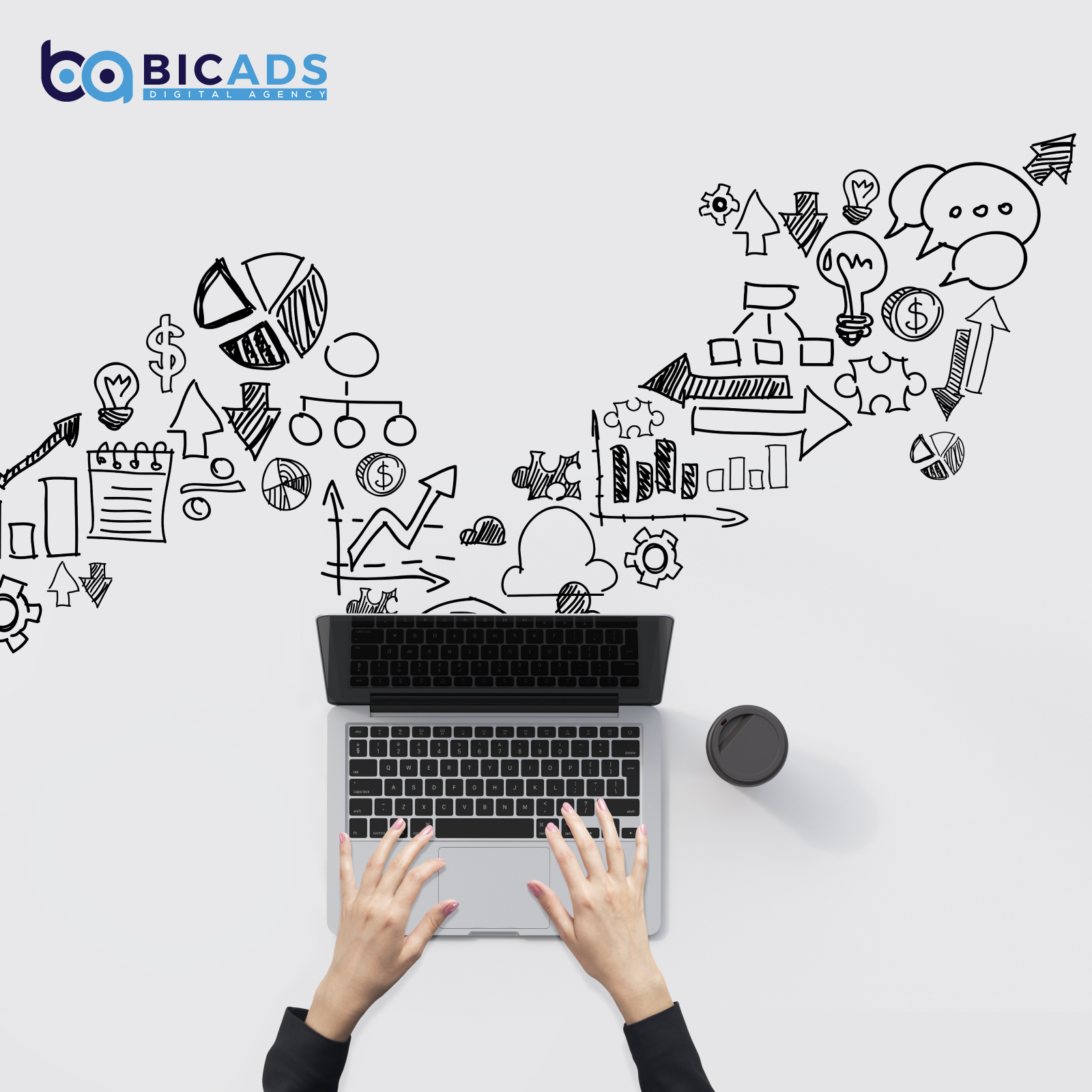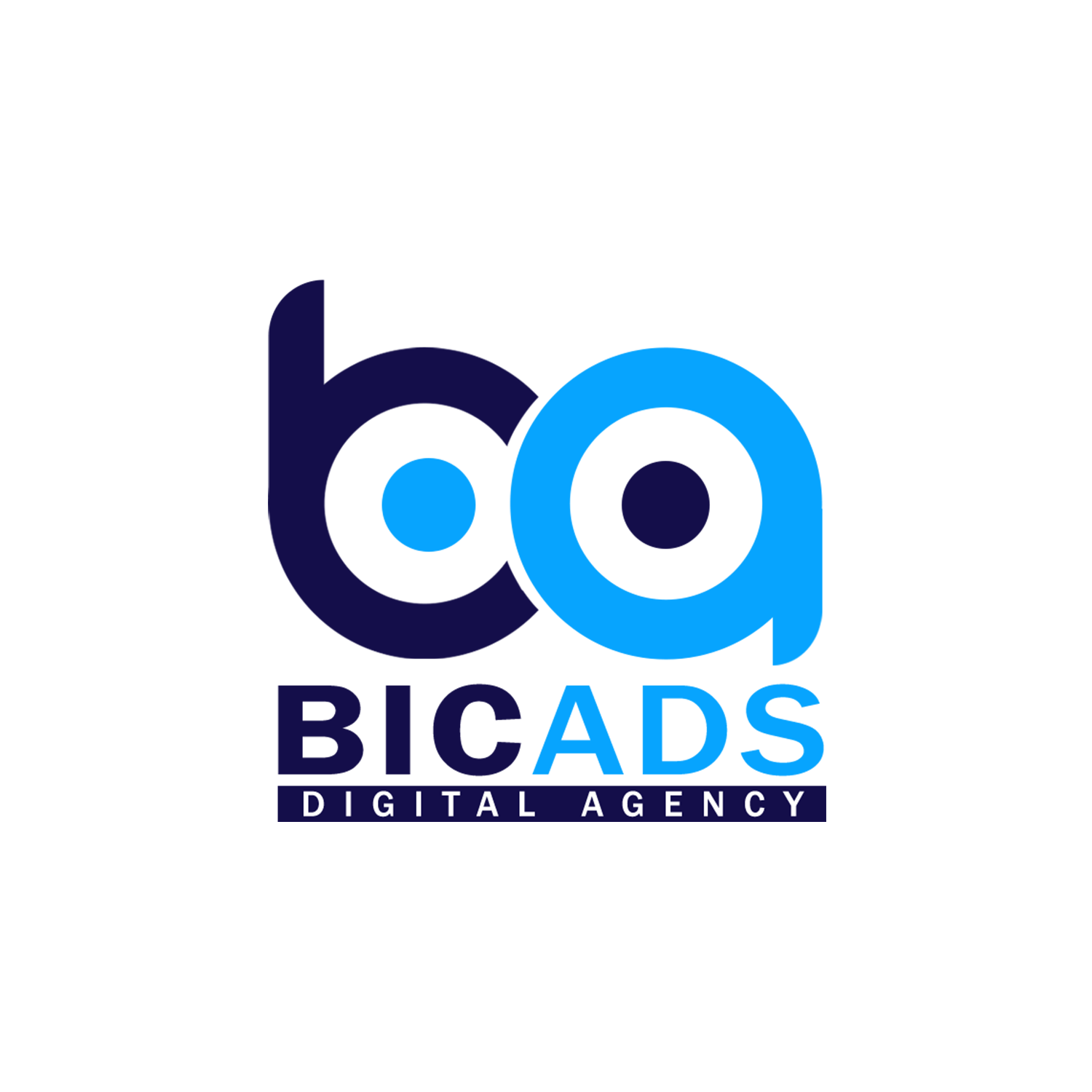
In the digital age where establishing a robust online presence is a necessity for businesses to thrive, choosing between organic and paid marketing can be a daunting task. Both these strategies can significantly increase brand visibility and drive customer engagement, but they differ in terms of cost, reach, and long-term effectiveness. In this comprehensive guide, we will explore the key differences between organic and paid marketing, providing valuable insights to help your digital marketing agency determine the right strategy for enhancing your online presence.
1. Understanding Organic Marketing
Organic marketing, in essence, is a strategy focused on attracting traffic to your business over time without relying on paid methods. It involves creating and sharing content that resonates with your audience, fostering a connection, and building a community around your brand.
1.1 What Constitutes Organic Marketing?
- Blog posts
- Case studies
- Guest posts
- Unpaid social media posts (Facebook, Twitter, Instagram, Snapchat, Pinterest, Tik Tok, etc.)
- User-generated content
- Email newsletters
- SEO
- Online PR and link generation
- YouTube Videos
1.2 Objectives of Organic Marketing
The primary objective of organic marketing is to increase brand awareness and establish a meaningful connection with your audience. It aims to attract visitors to your site who will hopefully convert to paid customers eventually, keeping your business top of mind when it comes time for a consumer to make purchasing decisions.
1.3 The Role of SEO in Organic Marketing
A key aspect of organic marketing is Search Engine Optimization (SEO). SEO is a powerful tool that enhances the visibility of your content on search engines, thereby driving more traffic to your site. In fact, SEO drives 1000%+ more traffic than organic social media, making it a crucial aspect of organic marketing.
1.4 Evaluating Organic Marketing Success
To measure the effectiveness of your organic marketing efforts, you’ll need to assess which content is driving the most traffic to your site, the leads generated from those campaigns, and the channels that drive the highest amount of high converting traffic to your site.
2. Understanding Paid Marketing: The Flip Side
While organic marketing is focused on long-term brand building, paid marketing – often referred to as inorganic marketing – uses paid methods to target, reach, engage, and convert audiences quickly.
2.1 What Constitutes Paid Marketing?
- Paid search ads
- Paid social media ads
- Sponsored posts
- Display ads
- Video ads on YouTube and other platforms
2.2 Objectives of Paid Marketing
The goal of paid marketing is to convert audiences on a specific campaign. With paid media, you can micro-target your ideal audience and reach people who may never have heard of your business otherwise, making it a powerful tool for quick and strategic audience reach.
2.3 Evaluating Paid Marketing Success
The success of paid marketing is measured through return on ad spend (ROAS), driving impressions, and achieving high conversion rates.
3. Organic Marketing Vs. Paid Marketing: A Point-by-Point Comparison
The table below provides a side-by-side comparison of organic and paid marketing:
| Organic Marketing | Paid Marketing |
| Generates traffic over time | Quick audience reach |
| Focuses on long-term brand building | Convert audiences on specific campaigns |
| Uses unpaid methods | Uses paid methods |
| Driven by SEO | Micro-targets ideal audience |
| Measures success by traffic and leads generated | Measures success by ROAS and conversion rates |
4. Building an Organic Marketing Strategy
4.1 Analyze Current Traffic Habits
The first step in building an organic marketing strategy is understanding your audience’s current traffic habits. Identify the channels currently driving the most organic traffic – is it from your blog posts, YouTube channel, or email newsletters?
4.2 Create Content
Once you have identified the channels you want to focus on and understand where your target audience spends their time online, the next step is content creation. Brainstorm the types of content assets you want to create and build a list of ideas.
4.3 Optimize Your Content
Optimization is the key to making your organic content work. Incorporate keywords into your content, ensure a great design, and use metadata to let search engines know what your content is about.
4.4 Evaluate and Improve
The final step in organic marketing is to evaluate your efforts and iterate. Use tools like SEO marketing software to plan your SEO strategy, optimize your content, and measure real return on investment.
In conclusion, both organic and paid marketing have their unique benefits and can significantly contribute to enhancing your online presence. While organic marketing is a long-term investment that focuses on building a loyal audience, paid marketing can provide immediate results and reach audiences quickly. As a pay per click marketing agency, considering both strategies and striking the right balance can help you achieve your marketing goals effectively.


